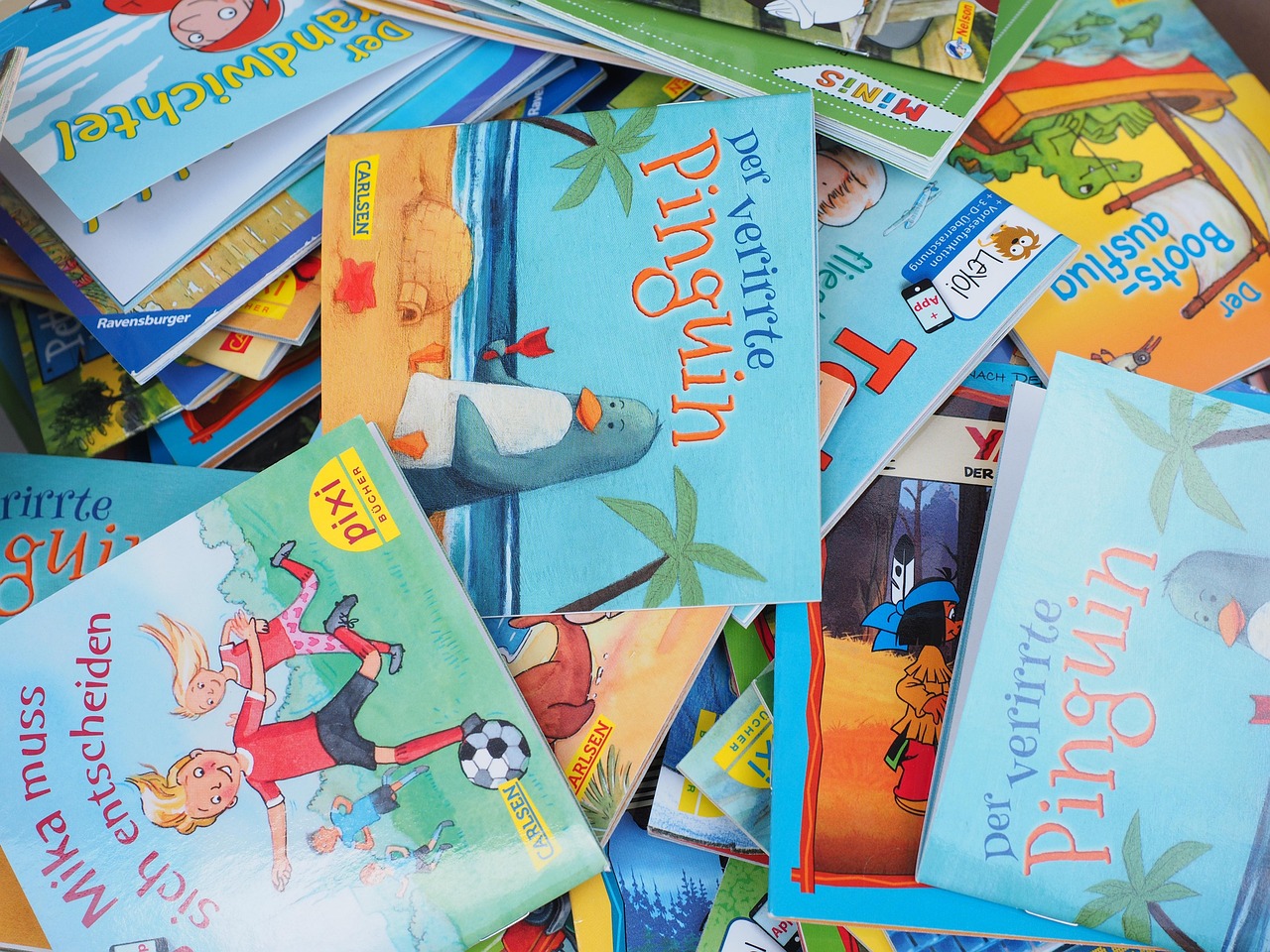Article Title:Narratology meets translation studies, or, the voice of the translator in children's literature
Abstract:
When critics identify 'manipulations' in translations, these are often described and analysed in terms of the differing norms governing the source and the target languages, cultures and literatures. This article focuses on the agent of the translation, the translator, and her/his presence in the translated text. It presents a theoretical and analytical tool, a communicative model of translation, using the category of the implied translator, the creator of a new text for readers of the target text. This model links the theoretical fields of narratology and translation studies and helps to identify the agent of 'change' and the level of communication in which the most significant modifications take place. it is a model applicable to all translated narrated literature but, as examples illustrate, due to the asymmetrical communication in and around children's literature, the implied translatoras he/she becomes visible or audible as the narrator of the translation, is particularly tangible in translated children's literature.
Keywords: implied translator; narrator of the translation; implied reader; invisibility; visibility
DOI: 10.7202/006967ar
Source:META
Welcome to correct the error, please contact email: humanisticspider@gmail.com



